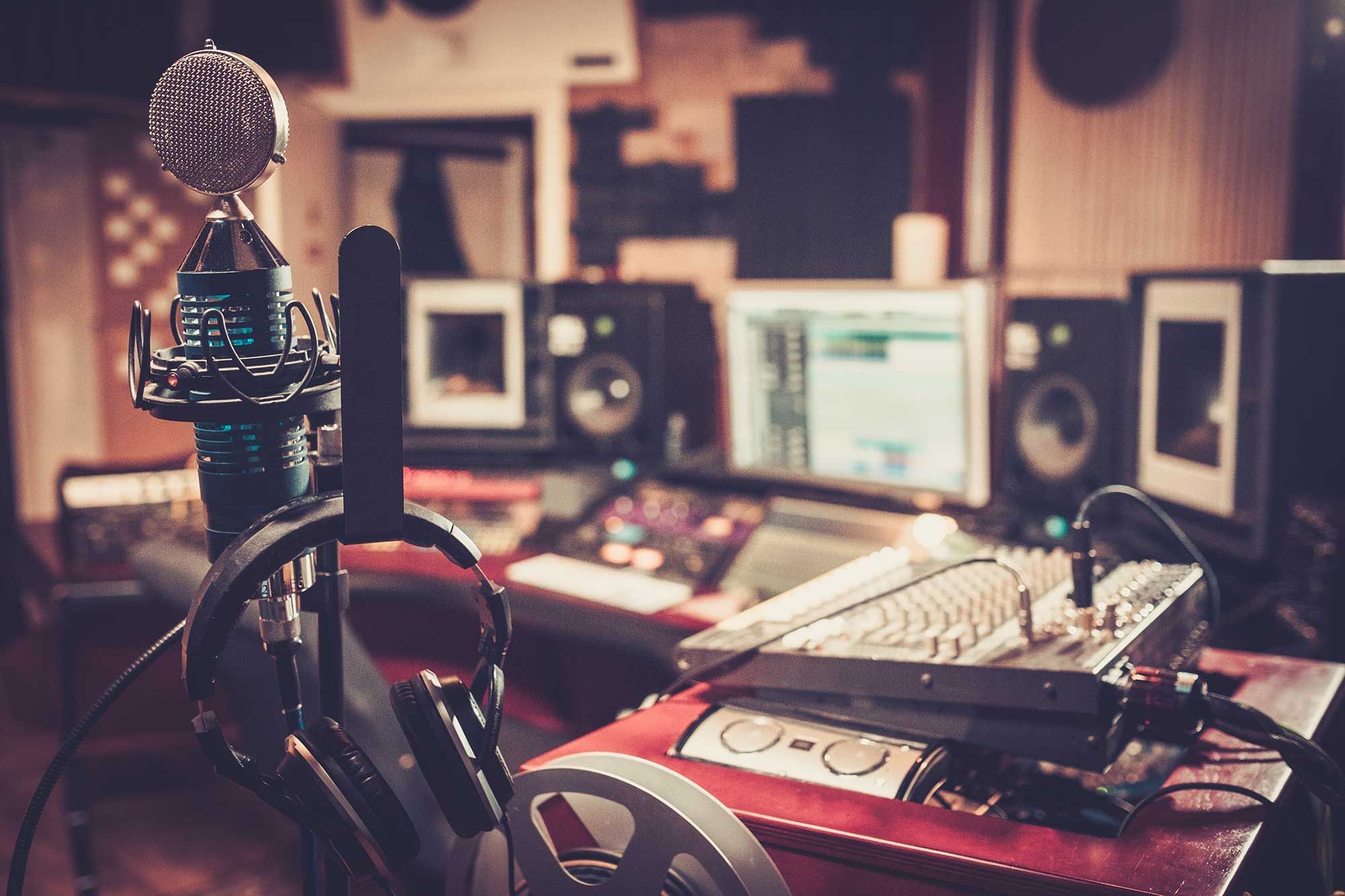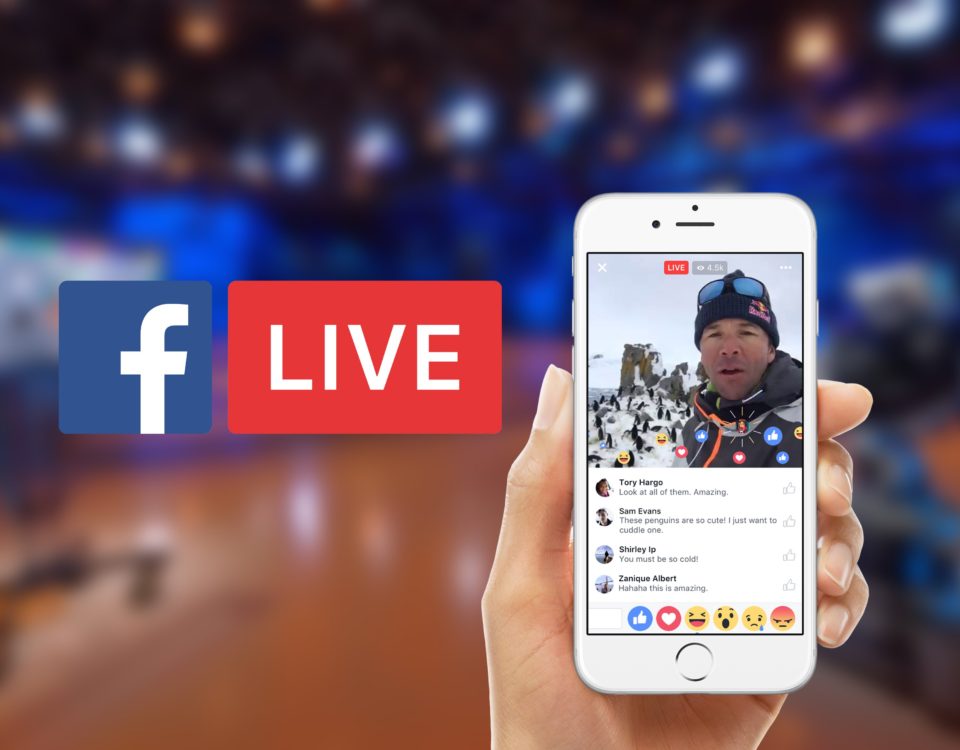Digital Home Recording
In the quest for perfection in MIDI and digital audio recording, there's the nagging feeling that something has been lost: the "feel" that makes music groove like a human musician instead of a machine. But as usual, technology is a two-edged sword. While it can steal the feel if misapplied, when used creatively it can help enhance a groove.
This month we'll cover some of the factors that contribute to feel, as well as digital audio edits that help put the groove back into music. Because this subject is also important to MIDI sequencing, next month we'll look at the subject of feel, groove templates, and timing from a MIDI standpoint.
The "Feel Factor"
Much of the interest in feel traces back to a landmark article written by Michael Stewart in the mid-'80s that documented the importance of timing in determining a piece's "groove." Two important concepts were how playing slightly behind the beat creates a bigger, more laid-back feel, and how pushing the beat leads to a more intense, "nervous" feel. There are many implications. One is that the best human drummers control timing accurately to within milliseconds, as verified in later experiments. Also, the lead/lag relationship between instruments is crucial. For example, even when the kick and hi-hat stay rock-steady, moving the snare forward or backward can make a huge difference in feel. And if the kick and the bass guitar or bass synth hit at the same time, delaying the bass slightly behind the kick makes it less prominent and emphasizes the rhythm, while sliding it in front of the kick accentuates the bass, highlighting the bass line's harmonic content over the rhythm. Another implication is that techniques such as quantization and snapping to a grid, which produce perfect timing, can actually be anti-musical. Yes, there are forms of music that in theory benefit from a "machine vibe," but even with the most metronomic techno, introducing some timing changes can add interest and build tension/release better than keeping the groove perfectly aligned.Adding Feel with Digital Audio
Although some people seem to forget this, the easiest way to record a human feel is to hire a good musician. If that's not an option, there are many ways you can mess around with timing. First, when recording drums, allocate a separate track to each drum sound if possible. (If you don't have the track count, consider a mix of MIDI and digital audio, such as using digital audio for cymbals and other sounds that don't sound realistic if the same sample is being triggered over and over, and MIDI for kick and toms.) In a digital audio editor, this allows you to slide individual drum parts back and forth in time simply by grabbing a track and moving it. Even slight changes can make a big difference -- 5 milliseconds (ms) is a significant shift in feel-land, and it's unlikely that you'll exceed ±10ms. Sliding a track is a fairly global maneuver; many times, you'll just want to move one or two strategic hits. For example, in the tune "Paradise" from my last CD, there's a section with a fairly steady orchestral drum pattern. Then voices come in and sustain while the drum drops out. When the drum re-enters four beats later, the downbeat hits just a tiny bit late. As a result, the brain expects the beat to fall in a particular place, but is fooled by having it hit a little later than expected. This adds interest, and also builds up the tension a bit just prior to the drum's re-entry. (You can hear this example, as well as some others showing the effects of "feel" edits, at the top of this page.) Many programs (Digidesign Pro Tools, IQS Samplitude, Emagic Logic Audio, Steinberg Cubase Audio, etc.) allow user-placeable/editable snap points. Editable snap points make it easy to change the feel by placing the point a little later or earlier than the beat. The advantage of snapping to a point rather than just sliding audio around is that it simplifies replacing the sound later on, as well as providing a template if you want several parts to hit at precisely the same time.


